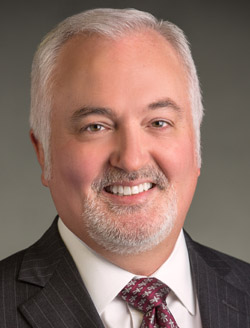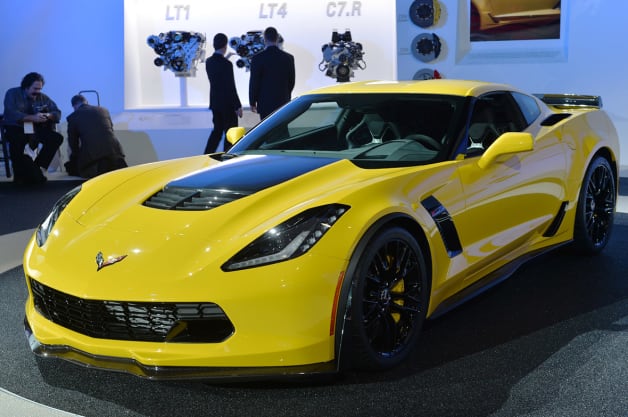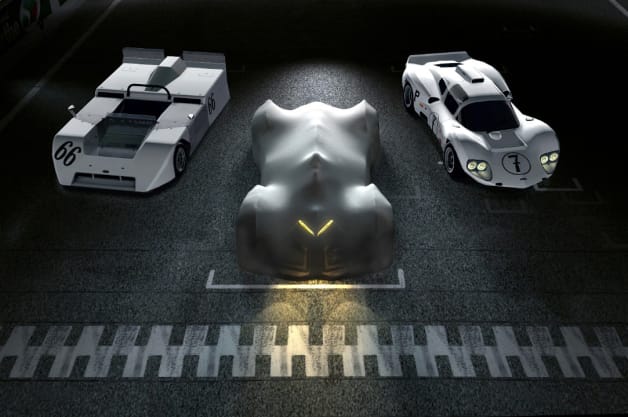
- Engines operate on four cylinders to save fuel during light-load driving
- Best fuel efficiency of any gas V-8 pickup - as low as 10.3 L/100 km highway
- Proven dependability - more than 100 million Small Blocks built to date
By General Motors of Canada, Oshawa - When it comes to trucks, customers place dependability near the top of the list. And when it comes to truck engines, more than 100 million engines' worth of continuous improvement and trillions of kilometres support the Chevrolet Silverado V-6 and V-8s claim to delivering on that requirement.
"The Silverado has become the most dependable full-size pickup truck through many generations of grueling durability testing and real world driving," said Michael MacPhee, brand manager, Chevrolet in Canada. "The new generation of Small Block engines has benefited from many years of customer experience to improve the performance, refinement and efficiency valued by demanding truck customers."
The 2015 Silverado offers a trio EcoTec3 engines with advanced fuel-saving technologies enabling customers to choose the performance and fuel efficiency that best meets their needs:
"The Silverado has become the most dependable full-size pickup truck through many generations of grueling durability testing and real world driving," said Michael MacPhee, brand manager, Chevrolet in Canada. "The new generation of Small Block engines has benefited from many years of customer experience to improve the performance, refinement and efficiency valued by demanding truck customers."
The 2015 Silverado offers a trio EcoTec3 engines with advanced fuel-saving technologies enabling customers to choose the performance and fuel efficiency that best meets their needs:
- 4.3L V-6; 285 horsepower; 305 lb-ft of torque; 9.9 L/100km highway
- 5.3L V-8; 355 horsepower; 383 lb-ft of torque; 10.3 L/100km highway
- 6.2L V-8; 420 horsepower; 460 lb-ft of torque; 11.4 L/100km highway
Every EcoTec3 engine features advanced technologies such as direct fuel injection, continuously variable valve timing and Active Fuel Management (cylinder deactivation) to provide power, torque and efficiency across a broad range of operating conditions.
"The latest Small Block engines are ideally suited to Silverado and to the tough jobs that pickup customers do every day," said Jordan Lee, global chief engineer and program manager for Small Block engines. "We give customers the power and torque of a full-size truck engine when they need it, then use Active Fuel Management and other advanced technologies to seamlessly shift to four-cylinder operation when the truck is under light loads, making the most of fuel efficiency."
Silverado's EcoTec3 engines are direct descendants of the original Small Block Chevy V-8, and benefit from more than 60 years - and more than 100 million engines' worth - of continuous improvement.
"Small Block engines have been used, abused, modified and raced in almost every type of car and truck imaginable," said Lee. "Our engineers are able to draw on that experience to build stronger, more efficient, more dependable engines for Chevy truck customers."
The latest Gen 5 Small Block engine has endured tough testing, including a grueling performance durability procedure, where it was subjected to a high-speed/high-load torture session that simulated full-throttle blasts from the equivalent of 0 to 190 km/h. With simulated transmission shift points inserted during the high-load test, the engine cycles non-stop between peak torque and peak horsepower for hundreds of hours.
Testing on the Gen 5 Small Block that contributes to the legendary durability of the modern Small Block engines include:
"The latest Small Block engines are ideally suited to Silverado and to the tough jobs that pickup customers do every day," said Jordan Lee, global chief engineer and program manager for Small Block engines. "We give customers the power and torque of a full-size truck engine when they need it, then use Active Fuel Management and other advanced technologies to seamlessly shift to four-cylinder operation when the truck is under light loads, making the most of fuel efficiency."
Silverado's EcoTec3 engines are direct descendants of the original Small Block Chevy V-8, and benefit from more than 60 years - and more than 100 million engines' worth - of continuous improvement.
"Small Block engines have been used, abused, modified and raced in almost every type of car and truck imaginable," said Lee. "Our engineers are able to draw on that experience to build stronger, more efficient, more dependable engines for Chevy truck customers."
The latest Gen 5 Small Block engine has endured tough testing, including a grueling performance durability procedure, where it was subjected to a high-speed/high-load torture session that simulated full-throttle blasts from the equivalent of 0 to 190 km/h. With simulated transmission shift points inserted during the high-load test, the engine cycles non-stop between peak torque and peak horsepower for hundreds of hours.
Testing on the Gen 5 Small Block that contributes to the legendary durability of the modern Small Block engines include:
- Severe thermal cycle testing, which quickly cycles the engine between extreme cold and hot coolant temperatures to validate the durability of engine components such as the head gaskets, exhaust manifolds and more
- The "hot scuff" test, in which a brand-new engine - or "green" engine to the engineers - is run at wide-open throttle with no break-in period, helping test critical engine parts such as bearings, piston ring sealing and bore scuffing
- Active Fuel Management validation, which cycled the engine in and out of the cylinder-deactivating feature hundreds of thousands of times at a variety of engine speeds to ensure the performance and durability of its unique valve lifters.
Fuel-saving AFM technology reaches 10-year mark
2015 marks the 10th anniversary of Active Fuel Management (AFM), the cylinder deactivation technology that improves fuel economy in trucks by seamlessly switching to four-cylinder mode to help save fuel during light-load driving.
Introduced in 2005, it is currently available on the 2015 Chevrolet Silverado, Tahoe, Suburban, Camaro and Corvette.
2015 marks the 10th anniversary of Active Fuel Management (AFM), the cylinder deactivation technology that improves fuel economy in trucks by seamlessly switching to four-cylinder mode to help save fuel during light-load driving.
Introduced in 2005, it is currently available on the 2015 Chevrolet Silverado, Tahoe, Suburban, Camaro and Corvette.








